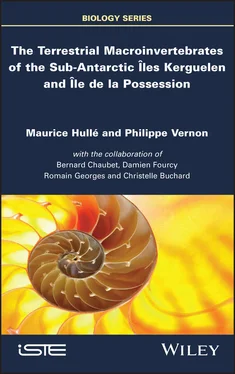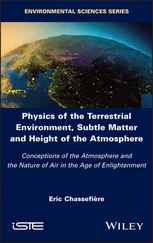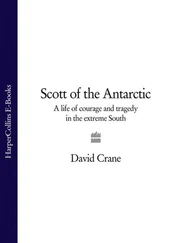
Figure 1.1. South Indian Ocean sub-Antarctic islands
Île de la Possession was formed between 8 million years ago and about 10,000 years ago for the most recent episodes (Delépine 1973; Giret et al . 2003b). The island culminates at 934 m a.s.l. at Pic du Mascarin. Large alluvial valleys (Vallée de la Hébé and Vallée des Branloires) open onto the north-east coast (Figure 1.5).
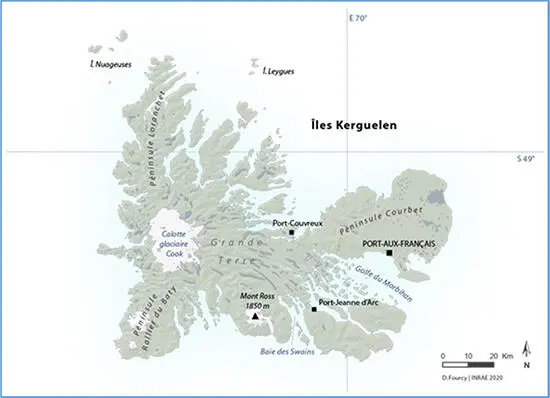
Figure 1.2. The Îles Kerguelen
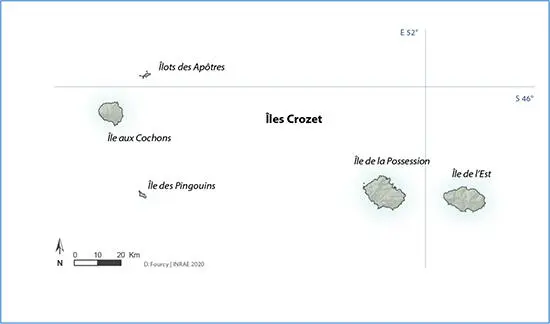
Figure 1.3. The Îles Crozet
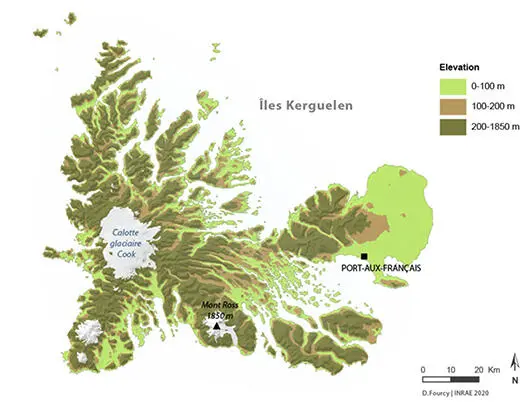
Figure 1.4. Topography of the Îles Kerguelen
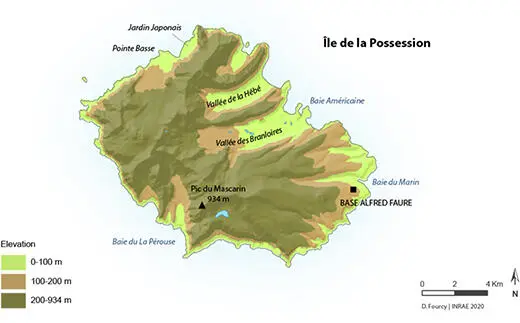
Figure 1.5. Topography of Île de la Possession (Crozet)
A large part of the two islands, Kerguelen and Possession, is mountainous with an altitude of over 200 m a.s.l. Areas below 100 m in altitude represent 32% and 22% respectively on the Îles Kerguelen and Île de la Possession, and areas below 200 m represent 50% and 40%, respectively (Figures 1.4 and 1.5).
As with all remote sub-Antarctic islands, both the Îles Kerguelen and Île de la Possession have an oceanic cold climate, strongly influenced by the South Indian Ocean. They are located at the same latitude as France and therefore have an equivalent photoperiodic regime, with long days in summer and short days in winter. The mean air temperature for 1951–2013 at sea level was 4.8°C at Îles Kerguelen and 5.5°C at Île de la Possession (Figure 1.6). Seasonal variations are low, between 2°C and 8°C at Îles Kerguelen and 3°C and 8°C at Île de la Possession. Summer temperatures may temporarily reach or exceed 15°C. At the Îles Kerguelen, average temperatures increased by 1.9°C between 1964 and 1981 and then stabilized to around 5.2°C. Concomitantly, the number of freezing days has decreased from 130 days per year in the 1960s to 100 days per year now. At Île de la Possession, the number of freezing days is less than 60 per year.
Air temperature decreases by approximately 1°C per 100 m increase in altitude (Pointe Suzanne and Port-Jeanne d’Arc, Kerguelen; M. Hullé unpublished data). This steep decay means that the thermal thresholds of development of many insects may be reached rapidly with altitude. The mean temperature is below 3°C from 200 m a.s.l., and insect life is consequently mainly concentrated on low-lying coastal areas (Figures 1.4 and 1.5).
The average rainfall of Île de la Possession is high with 2,390 mm per year (Figure 1.6). On the Îles Kerguelen, there is a rainfall gradient from west to east. The west coast receives about 2,000 mm per year, and Port-aux-Français, located to the east, receives about 700 mm per year. At Port-aux-Français, rainfall oscillates between years of drought, for example, 1965 with 350 mm, and wet years, for example, 1987 with 1,150 mm.
Winds are predominantly from the northwest, west and southwest. The average wind speed is 35 km/h on the Îles Kerguelen and 38 km/h on Île de la Possession. Strong winds are frequent. They are mostly from the northwest (Figure 1.7). The strongest gusts can exceed 200 km/h. They reach an average speed of 131 km/h on the Îles Kerguelen and 141 km/h on Île de la Possession. The number of days with winds above 100 km/h is 68 per year on the Îles Kerguelen.

Figure 1.6. Climate at Port-aux-Français (Îles Kerguelen) (left) and Base Alfred-Faure (Île de la Possession) (right): ① Annual mean temperature, ② Monthly temperature (mean in gray, maximum in red and minimum in blue), ③ Annual precipitation (data from Météo France)
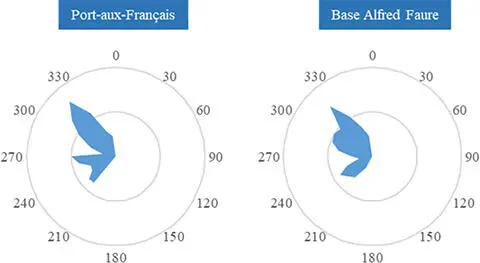
Figure 1.7. Direction of the strongest winds (data from Météo-France)
Macroinvertebrates live mainly in low-elevation areas, which present four major types of landscape: sea-edge, grassland, wetland/mire and fellfield/rock (Davies and Greene 1976). Buildings and huts are also a habitat for some invertebrates.
The seaside habitats (Figure 1.8) may consist of bare rocky areas such as pebble beach, blocks or shore platforms. They can be also covered with Crassula moschata or with coastal meadows, where native plants such as Leptinella plumosa , Pringlea antiscorbutica or Poa cookii dominate. Introduced plants such as Taraxacum officinale and Poa annua can also be locally abundant. These habitats are under the direct influence of marine inputs that are stranded algae. This oceanic input constitutes a very important food resource for terrestrial fauna. It is also the area occupied by colonies of seabirds and marine mammals whose feces, carrions and broken eggs are a major source of food for invertebrates.
The small coastal cliffs that are covered with vegetation harbor a significant diversity of invertebrate species. These are probably the richest environment for macroinvertebrates (Figure 1.9).
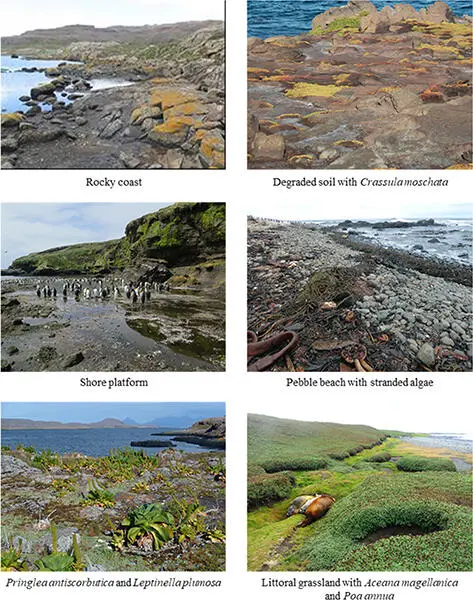
Figure 1.8. Sea-edge habitats (photos: M. Hullé)
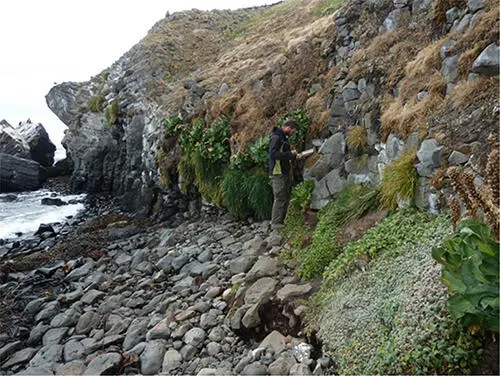
Figure 1.9. This littoral cliff at Pointe Suzanne (Îles Kerguelen), covered with Pringlea antiscorbutica, Leptinella plumosa, Poa cookii and Poa annua , was home to 18 different invertebrate species such as the spiders Myro kerguelenensis, Neomaso antarcticus , the moth Embryonopsis halticella , the beetles Meropathus chuni, Bothrometopus brevis, Ectemnorhinus viridis, Merizodus soledadinus, Cartodere nodifer , the flies Amalopteryx maritima, Apetaenus litoralis, Anatalanta aptera, Calycopteryx moseleyi, Fucellia tergina, Psychoda parthenogenetica , and the aphids Rhopalosiphum padi and Myzus ascalonicus (photo: M. Hullé)
The seaside is the exclusive habitat of some species such as the weevil Palirhoeus eatoni and the flightless flies Apetaneus enderleini and Paractora dreuxi .
Читать дальше
